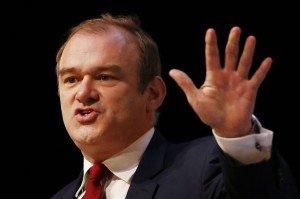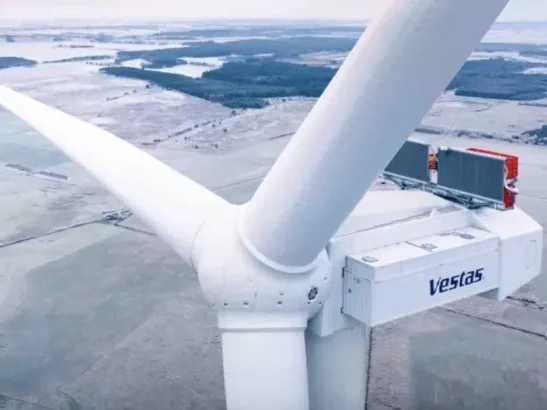It has been revealed from Government statistics just released that the United Kingdom generated almost 15% of its power from renewable sources last year. This represents an increase of almost a third over the previous year, 2012, when just over 11% of power came from renewable sources. A major contribution to the increase in green energy last year was the 900 new wind turbines that were built, thanks in part to subsidies of around £3bn. Wind power produced 9% of UK electricity, up from 6% in 2012.
But the news isn’t all green and good: More than a third of electricity came from coal-fired power plants, according to the statistics, while two-fifths of the coal imported to the UK came from Russia. Burning coal is, of course, one of the dirtiest forms of power plant electricity generation. Gas-fired power stations generated 27% of Britain’s electricity while nuclear reactors accounted for 20%.
The statistics show that power from onshore wind farms increased by 40% as 646 new onshore wind turbines were installed at 139 different sites, while offshore wind farms increased by 52%, as 279 turbines were installed at four offshore wind farm sites.
Ed Davey, the energy secretary (pictured above), welcomed the figures and said:
“The Government’s investment in renewable energy is paying off. This massive investment in green energy is accelerating, with 2013 a record year, with almost £8 billion invested across range of renewable technologies, having a strong UK renewable sector helps to reduce our foreign imports of energy, improving our energy security, as well as helping us tackle climate change and creating new hi-tech green jobs.”
How do the subsidies work? Coal, gas and nuclear plants all receive the market price of power for the electricity they generate. By contrast, onshore wind farms receive roughly twice that amount for any energy they generate and offshore wind farms get roughly treble the market price. The difference is subsidised by consumers through levies on their energy bills. It’s the cost of reducing the UK’s carbon footprint and while no-one wants to pay more for their electricity, many can see the long-term benefits.
Ministers have argued that the crisis in Russia shows the need to develop more home-grown energy sources rather than relying on imported gas and coal. Net imports accounted for half of UK gas demand in 2013.
Dr Gordon Edge is RenewableUK’s director of policy. He said:
“This abundance of excellent statistics should make those in Government who have failed to support wind energy sit up and take notice. More than half of Britain’s clean electricity now comes from onshore and offshore wind. We’re now on course to hit 10 percent of electricity from wind alone this year.”





